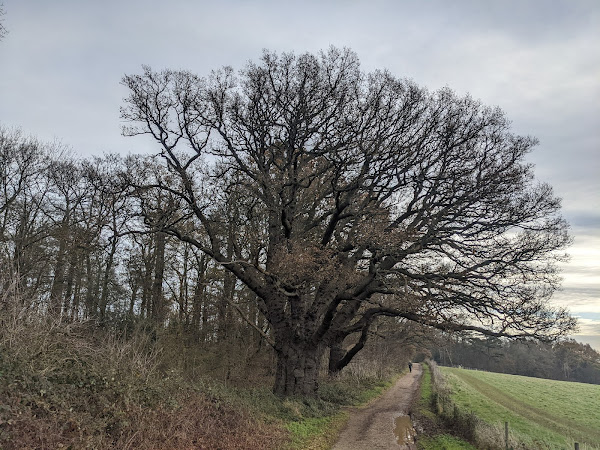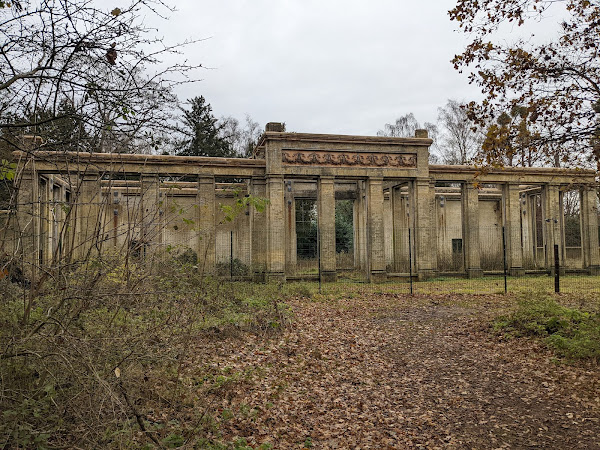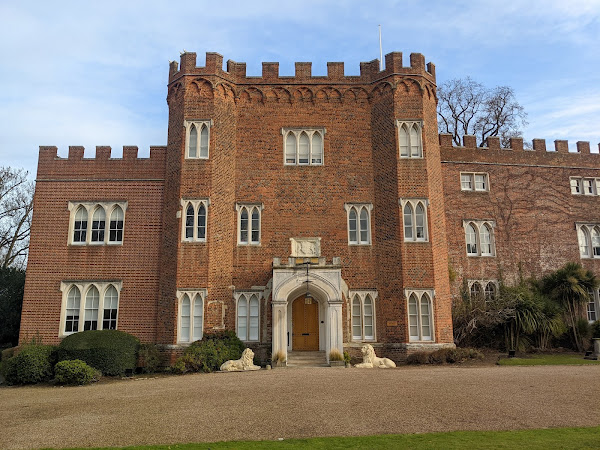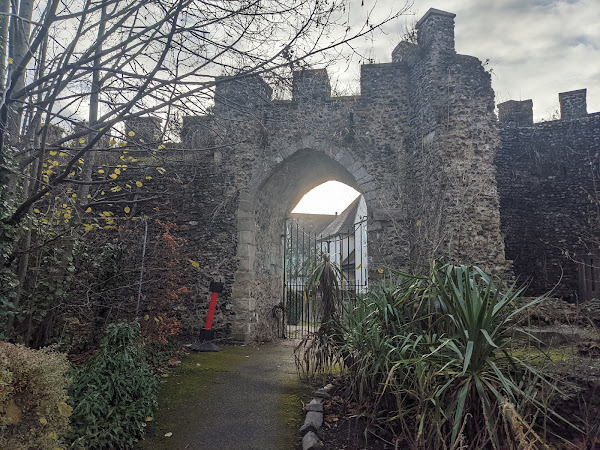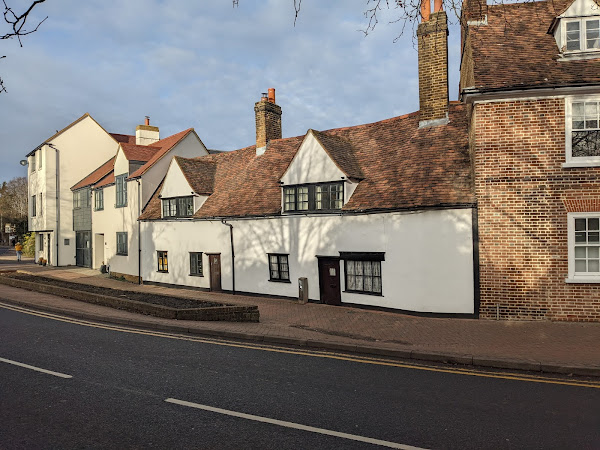This week, my goal is to check off another "P" event. There are only two in the East of England - Pocket and Panshanger. Panshanger is further to my home event, and so that's the one I selected for this week. As a bonus, Panshanger is a trail-based course, which is less likely to be cancelled due to weather, and has lumps, which ties in to my training outside of parkrun!
The area
Panshanger parkrun takes place in Panshanger Park, a green space located between Welwyn Garden City, and Hertford.
Panshanger Park is the estate of the former Panshanger House - a country house which was demolished between 1953 and 1954 following an auction of lots of the former estate, which resulted in no interest in the house.
The course
Runners currently follow a well-marshalled route around the western end of the park (closer to Welwyn than Hertford) due to quarrying activity by Tarmac making former routes unsafe. The surface is a mix of grass, trail, gravel, and mud, especially in wetter weather, and the route includes a number of hills, which can sap the energy from your legs, especially in wet conditions!
There is limited parking on site, with visitors encouraged to use either the car park at the eastern end of the park (Thieves Lane), or the car park at Moneyhole Lane Playing Fields in Welwyn. There are no toilets available on site. A coffee van is available after the event for refreshments. Plans for a new car park, toilet block, and refreshment facilities have been submitted, and should be available in the future, though no date is yet available.
The run
Today's run was a frosty one! I parked in Moneyhole Lane Playing Fields in Welwyn, and used the 2.5 km jog to the start through the woods as a warmup. While I was able to warm up by the start, the grass and ice-puddles were not, and the rain in the past few days meant we were in for a cold, muddy run today.
I knew that the lumps would be a factor today, so I set out relatively slow, especially compared to my parkrun record at Norwich last week. I would recommend others do the same too, as the hills are a real challenge, but what goes up must come down, and the footing was good enough to let loose on the final descent. Throughout the run, I couldn't help but admire the pleasant vistas of the various lakes, meadows and woodlands.
Thanks to the event team for a very scenic run, and not letting the mud or ice dampen our spirits!
After the run
After the event, I explored the grounds of the park, which contains a number of notable sites, as well as Hertford town centre.
Panshanger Park
The park is owned by Tarmac, who actively extract sand and gravel from the site, however, many points of interest are still present. Towards the north-west of the can, you can find Panshanger Great Oak - the largest maiden oak in the UK, with circumference of over 7.6 metres. The tree is thought to have been planted by Queen Elizabeth I over 450 years ago, and the tree holds pride of place, being cordoned off, and the immediate surroundings being pruned to maximise the space given to the tree's growth and the tree's sense of majesty, and at the time it was planted, was surrounded by open pastures.
In addition to the Great Oak, a large number of veteran oaks are present around the park.
Runners pass one especially large tree directly on the route.
The orangery of the former house is the only building not to have been demolished, and is still structurally in tact, although lacking its former glass. It is not publically accessible, but is visible from the permissive paths.
Each of the buildings which sat on the site of the former house are fenced off individually, and give an impression of the scale of the site.
The building overlooked the park, with vistas of the lake, meadows, and woodland.
Hertford
To the east of Panshanger Park lies the town of Hertford. Despite lying less than 20 miles from modern Central London, the town maintains its medival layout, and the towns history is evident in many buildings, especially near to the centre of town along St Andrew Road.
Hertford Castle lay at the heart of the town of Hertford, and its gatehouse (built 1463-1465) and some ruins are now all that remain.
The wall, and Postern Gate to the east of the castle give an idea of the original 14th century castle's construction and appearance.
The core structures of many of the buildings in the town date back to the medieval age, especially those along St Andrew Street. The oldest buildings are perhaps those situated at 58 and 60, whose frames are thought to date to the 14th century, while the building at 43 dates to 1450, although many have more modern facades hiding the older structures.
Links: Run report | Results | Strava
References: Tarmac - Panshanger Park


